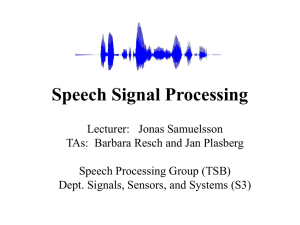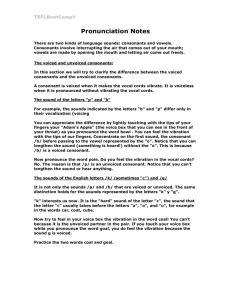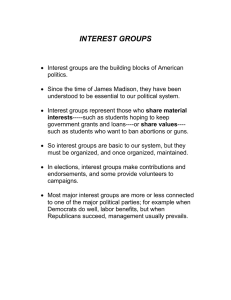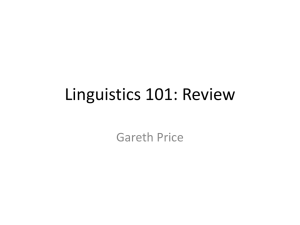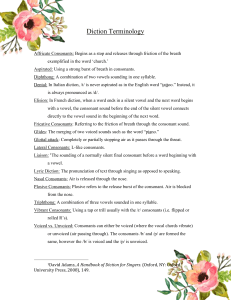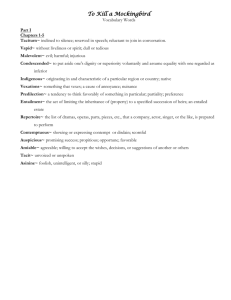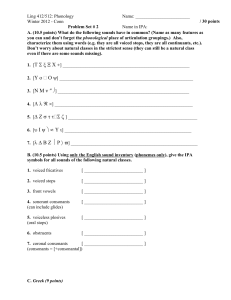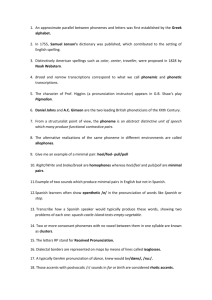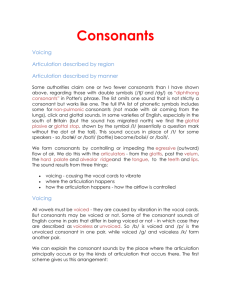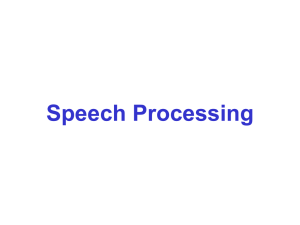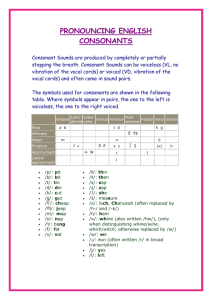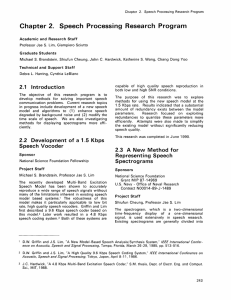36 Voiced and Unvoiced Consonants
advertisement
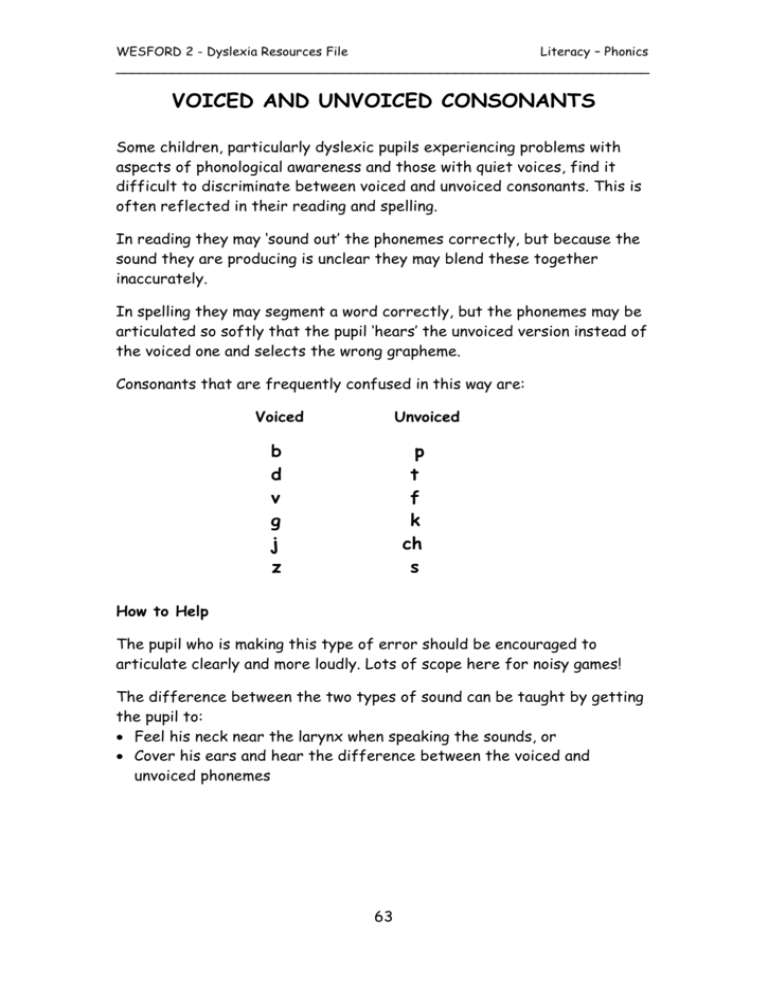
WESFORD 2 - Dyslexia Resources File Literacy – Phonics __________________________________________________________________ VOICED AND UNVOICED CONSONANTS Some children, particularly dyslexic pupils experiencing problems with aspects of phonological awareness and those with quiet voices, find it difficult to discriminate between voiced and unvoiced consonants. This is often reflected in their reading and spelling. In reading they may ‘sound out’ the phonemes correctly, but because the sound they are producing is unclear they may blend these together inaccurately. In spelling they may segment a word correctly, but the phonemes may be articulated so softly that the pupil ‘hears’ the unvoiced version instead of the voiced one and selects the wrong grapheme. Consonants that are frequently confused in this way are: Voiced Unvoiced b d v g j z p t f k ch s How to Help The pupil who is making this type of error should be encouraged to articulate clearly and more loudly. Lots of scope here for noisy games! The difference between the two types of sound can be taught by getting the pupil to: Feel his neck near the larynx when speaking the sounds, or Cover his ears and hear the difference between the voiced and unvoiced phonemes 63
